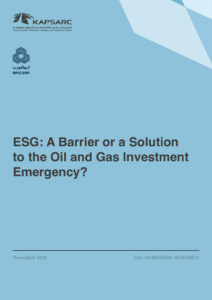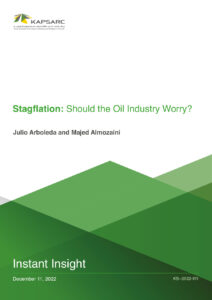The substantial cut in production and/or the prolonged period for which OPEC+ members need to comply with the agreement generates difficulties in some countries with meeting the pact. These deviations from OPEC’s policies, decisions, and quotas are associated with the specific geopolitical climate and the distinct economic circumstances that OPEC’s member nations often encounter.
Based on this evidence and considering the limitations of some of the OPEC+ member countries during the implementation of oil production allocations agreements, it is necessary to identify a methodology to assess an optimal distribution of the oil production apportionments through the analysis of the parameters affecting oil production in each country. Then the question is, “How do we set quotas to obtain an optimal and enforceable distribution?” In addition, non-economic aspects of allocating quotas, including political and security considerations, may need to be considered.
In this regard, the Markets and Industrial Development team, in collaboration with the Policy and Decision Science team in KAPSARC, aims to develop a methodology that will identify the parameters affecting oil production variations in each oil production country with the aim of finding the most optimal multiparty allocation agreement, looking first for the upcoming production modification levels and following a historical trend. To present the results, the methodology will introduce the findings of applying the methodology to the ongoing OPEC+ deals.


